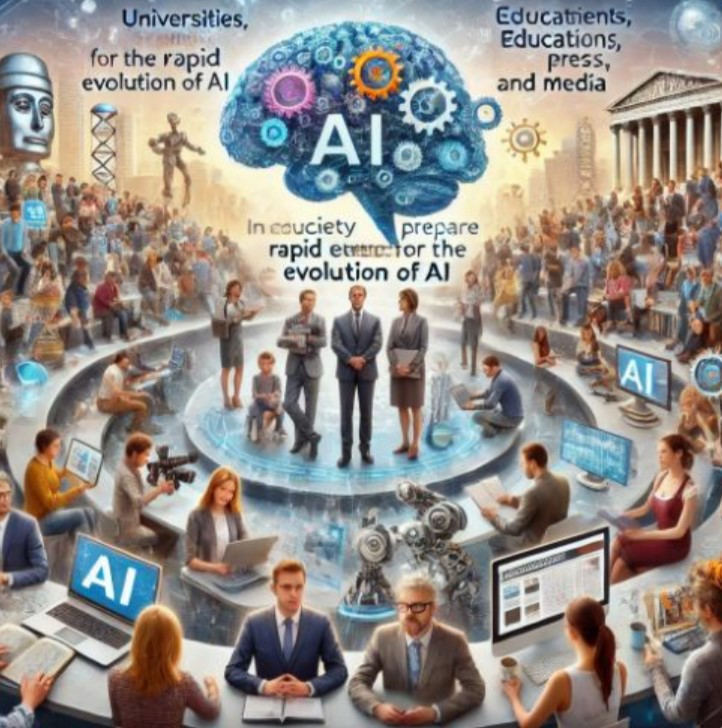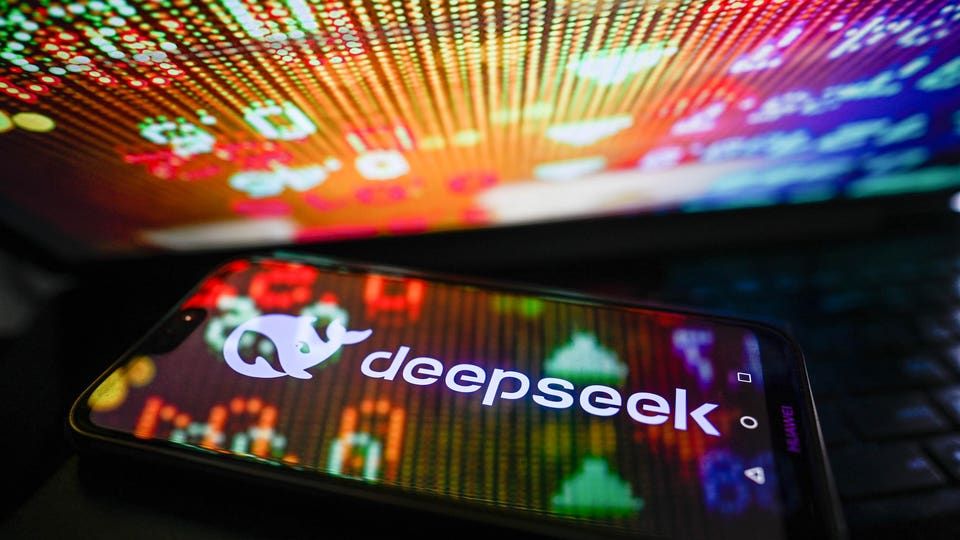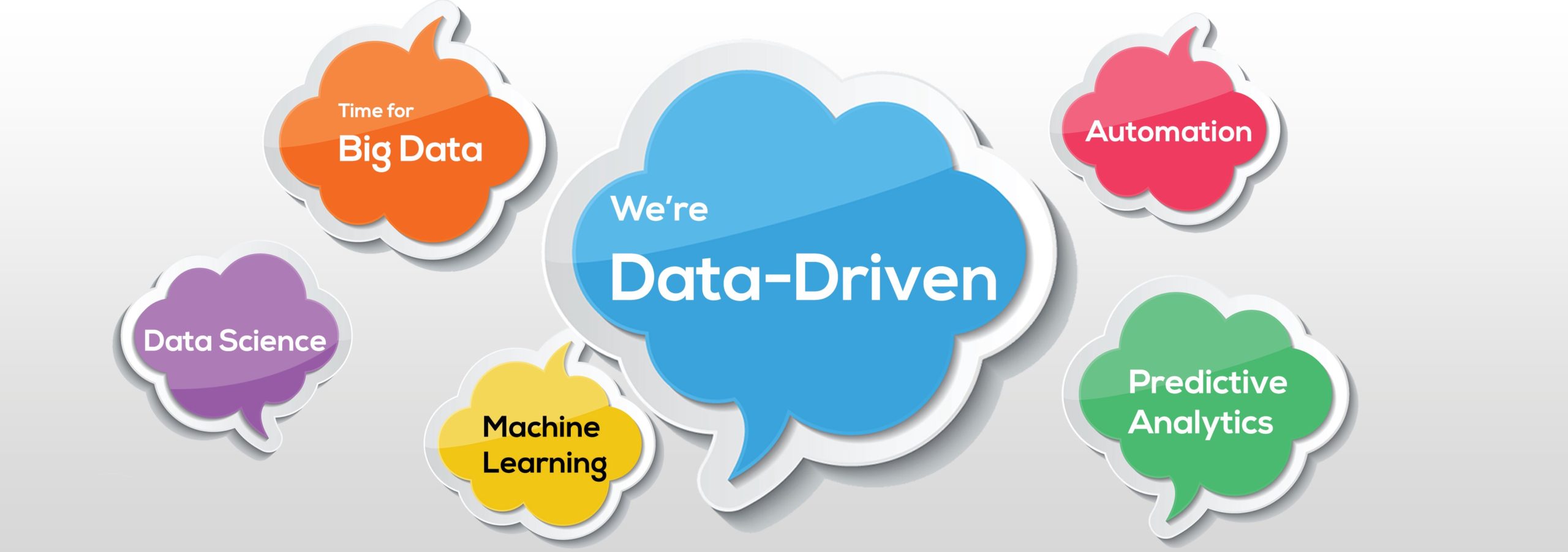China’s AI Gambit: KIMI Rumored to Eclipse ChatGPT and DeepSeek, Shaking the Global AI Landscape
The artificial intelligence race is intensifying, and whispers coming out of China suggest a potential seismic shift. Rumors are swirling around a new AI model, code named “KIMI,” reportedly developed in secrecy and poised to outperform current leading models like OpenAI’s ChatGPT and DeepSeek. While concrete details remain scarce, the buzz surrounding KIMI has sent ripples through the AI community, prompting speculation, excitement, and a degree of apprehension about the future of AI dominance.
For years, the United States has largely held the upper hand in AI development, spearheaded by companies like Google, Microsoft, and OpenAI. China, however, has been steadily investing heavily in AI research and development, driven by its national ambition to become a global leader in this critical technology. This ambition is fueled by a massive population, readily available data, and a government committed to fostering innovation. GIMI, if the rumors are true, could be the culmination of this sustained effort, a testament to China’s growing AI prowess.
The Murmurings and Whispers: What We Know (or Think We Know) About GIMI
Due to the shroud of secrecy surrounding its development, confirmed information about GIMI is limited. The details are largely based on leaks, anonymous sources, and analyses of China’s broader AI strategy. Here’s a summary of what’s being rumored:
Superior Performance: The most significant claim is that GIMI outperforms ChatGPT and DeepSeek across various benchmarks,
including natural language understanding, text generation, coding, and even problem-solving. This alleged superiority isn’t just incremental; some sources suggest a significant leap forward.
Larger Parameter Size: It’s speculated that KIMI possesses a significantly larger parameter count than its competitors. A larger parameter count generally allows AI models to learn more complex patterns and relationships in data, leading to improved performance. Some reports suggest KIMI boasts parameters exceeding those of even the most advanced publicly known models.
Novel Architecture: While the exact architecture remains unknown, whispers indicate KIMI might employ a novel, hybrid architecture combining Transformer-based models with other approaches, potentially addressing some of the limitations inherent in current Large Language Models (LLMs), such as “hallucinations” and biases. This rumored architecture could be a key to unlocking improved accuracy and reliability.
Massive Training Dataset: To achieve superior performance, KIMI likely underwent training on a massive dataset, potentially incorporating both publicly available data and proprietary Chinese datasets. Access to a diverse and extensive dataset is crucial for training robust and versatile AI models.
Strategic Significance: The development of KIMI is seen as a strategic imperative for China, aiming to reduce its reliance on foreign AI technology and establish itself as a leader in the global AI race. This strategic importance likely explains the secrecy surrounding the project.
Potential Implications of a Superior Chinese AI Model
If KIMI truly delivers on its rumored potential, the implications would be far-reaching, affecting various aspects of the global AI landscape:
Shift in AI Leadership: The emergence of KIMI would mark a significant shift in the global AI leadership, potentially challenging the dominance of the US-based AI giants. This shift could reshape the geopolitical landscape, impacting technological competition and international collaborations.
Accelerated AI Innovation: The competition spurred by KIMI’s release could accelerate AI innovation globally. Western companies would be compelled to invest even more heavily in research and development to maintain their competitive edge, leading to faster advancements in the field.
Ethical Considerations: The development and deployment of advanced AI models like KIMI raise crucial ethical considerations. Ensuring responsible AI development, mitigating biases, and addressing potential misuse are essential to harness the benefits of AI while mitigating its risks. The differing approaches to AI ethics between China and the West could lead to diverging standards and regulations.
Economic Impact: A superior Chinese AI model could have a significant economic impact, boosting China’s domestic industries and expanding its global influence. This could lead to a redistribution of economic power and a reshaping of global trade patterns.
Military Applications: Advanced AI models have potential military applications, raising concerns about the potential for an AI arms race. The development of KIMI could intensify these concerns, prompting increased investments in AI for defense purposes.
Challenges and Uncertainties
Despite the excitement and speculation, several challenges and uncertainties remain:
Verification of Claims: Until KIMI is publicly released and independently evaluated, its true capabilities remain uncertain. The rumored performance figures could be inflated, and the model might have limitations not yet revealed.
Ethical Oversight: The ethical implications of deploying a powerful AI model like KIMI remain a crucial concern. Ensuring responsible development and deployment, addressing biases, and mitigating potential misuse are essential.
Access and Availability: Even if KIMI lives up to its hype, its access and availability could be restricted, limiting its impact on the global AI community. The Chinese government might prioritize its use within China, potentially hindering its wider adoption.
Counter-Responses: The emergence of KIMI would likely trigger strong counter-responses from Western companies and governments, leading to further investments in AI research and development and potentially stricter regulations on AI technology.
Data Transparency: AI model effectiveness and trustworthiness relies heavily on transparency. If KIMI’s training data and methodology remain opaque, it will be difficult to assess any potential hidden biases or limitations. This lack of transparency could hinder its acceptance on a global scale.
The Road Ahead
Whether KIMI is a game-changer or merely the latest chapter in the ongoing AI saga remains to be seen. However, the rumors surrounding its development highlight the intensifying AI competition and the growing importance of AI as a strategic asset. The coming months will likely bring greater clarity on KIMI’s capabilities and its impact on the global AI landscape.
For now, KIMI serves as a potent reminder that the AI race is far from over. It underscores the need for continuous innovation, ethical considerations, and international collaboration to harness the full potential of AI while navigating its inherent risks. The world watches with bated breath, waiting to see if KIMI will indeed usher in a new era of AI dominance, and what that era will ultimately look like.





